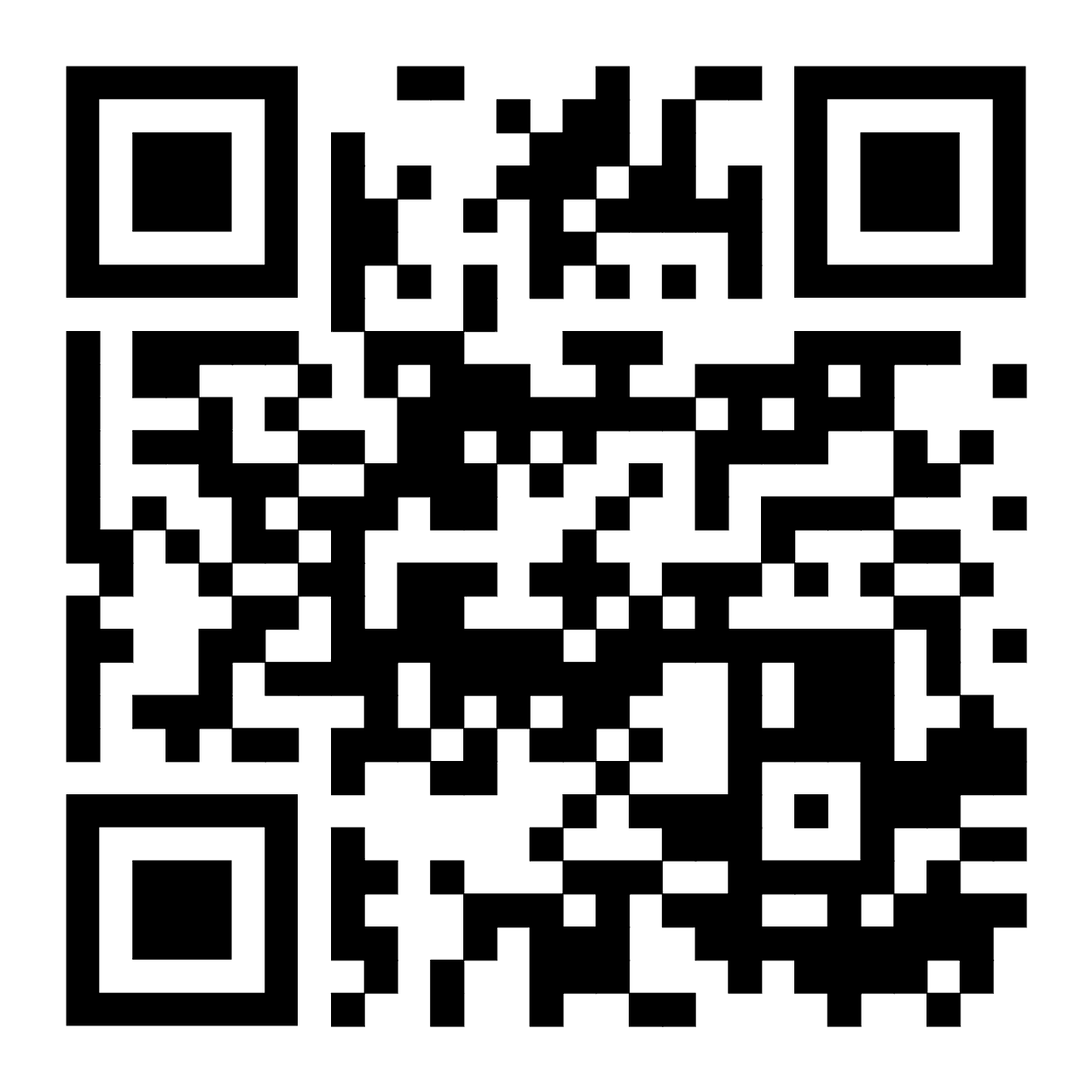Películas hermosas e interesantes
Reseñas de la crítica
OUTER SPACE
Peter Tscherkassky Austria, 1999
Apparition-like double exposures are soon replaced by overwhelming pile-ups of screeching static noise, as Tscherkassky creates a cinematic space that doesn't just attack Hershey but mentally and physically consumes her. At first, the house she's trapped inside seems to flicker into being, as though its visibility depends on the frequency to which your perception is tuned, much like Twin Peaks's more fantastical realms.
Chloe Lizotte
agosto 29, 2017
The combination of light and sound create an intrusional blitz, much like a mosquito being caught in a bug zapper. The parallel is terrifying, evoking the realisation that Barbara Hershey is the mosquito, and her entry to the house is a type of death. As an extension of the original film, The Entity, it is the death of her sanity. Moreover, for Tscherkassky’s material permeation of the plot, it is the death of narrative, convention, linearity, and the parameters of the cinematic screen.
Tara Judah
noviembre 28, 2013
Outer Space is my favorite horror movie of all time. It's only 10 minutes long, but I think those ten minutes capture the essence of what movie horror is all about... Director Peter Tscherkassky took a celluloid print of [The Entity] and ran it through an untold number of experimental effects, creating something that's 1,000 times more powerful and scary than the original.
Kevin B. Lee
agosto 1, 2012
...What is perhaps the most remarkable aspect of the film is Tscherkassky's implemented strategy for reflecting the unnamed heroine's ambiguously real or imagined assault through the sensorially unrelenting stimuli created by an extended sequence of hyperkinetic flashes of intense light that seemingly explode and burn out before dissolving into unidentifiable abstraction, leaving in its wake the residual, irreconcilable fragments of a complete psychological rupture of the image and the self.
Acquarello
febrero 13, 2001
Tscherkassky, strictly working in film as he has done for over two decades, continues to employ celluloid as a singular material with which to investigate theories of subjectivity, memory and perception, as well as the aesthetic limits of the cinematographic image. Tscherkassky sculpts with time and space, rhythms and arrhythmia in a way that feels like an entirely new film space, a new language altogether.
Rhys Graham
febrero 1, 2001

Escanea para obtener la aplicación